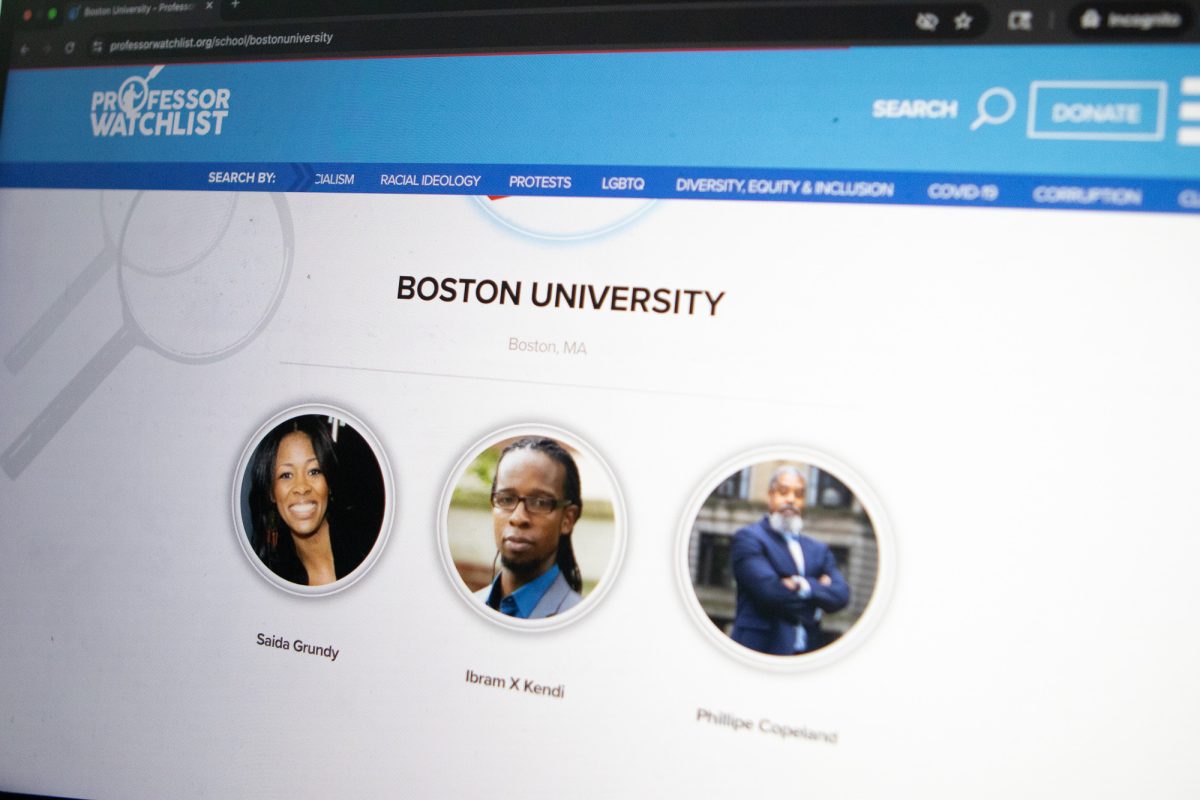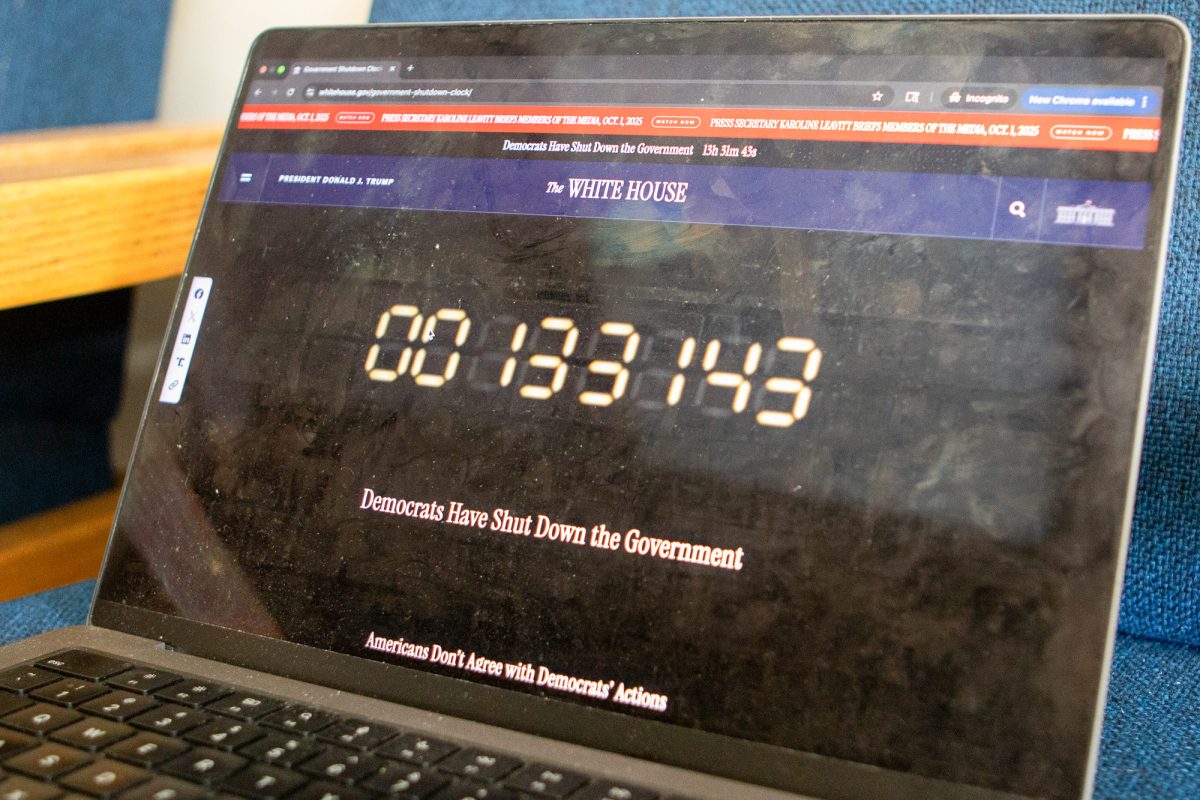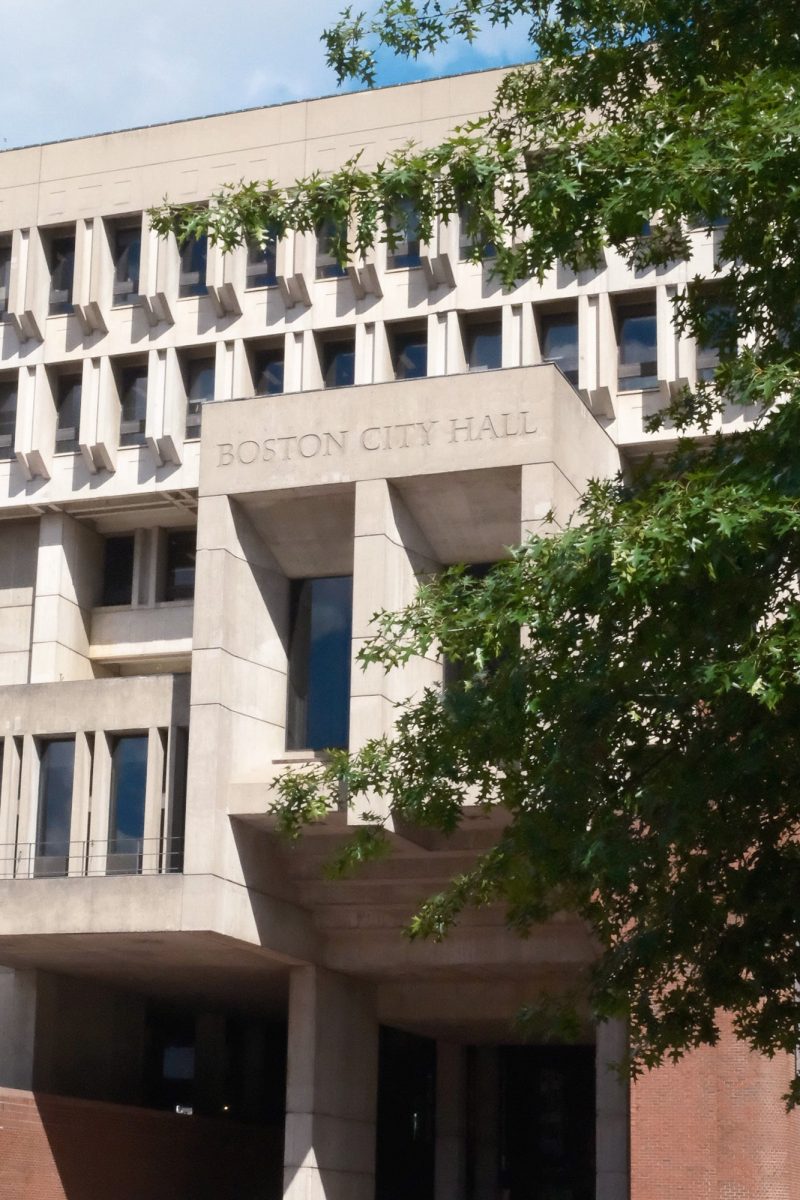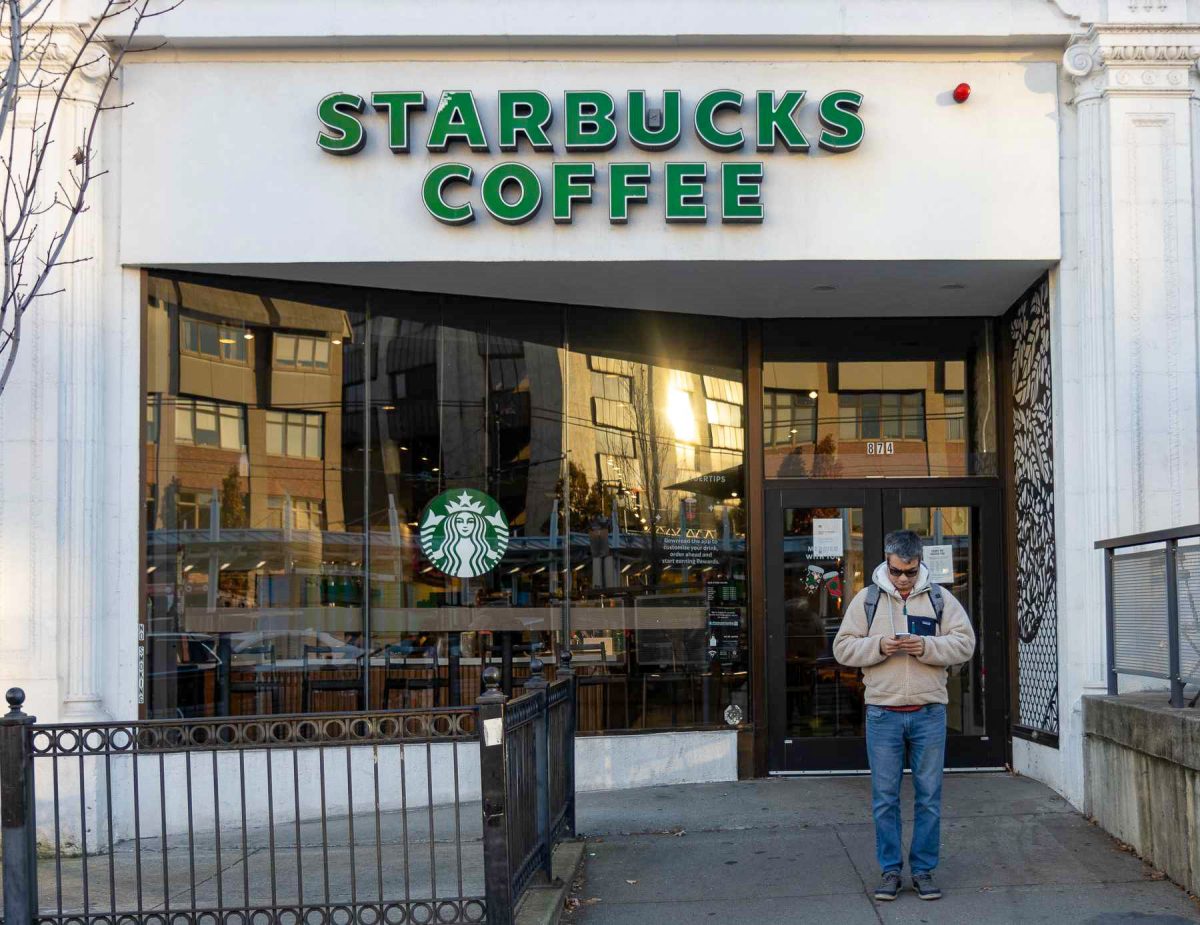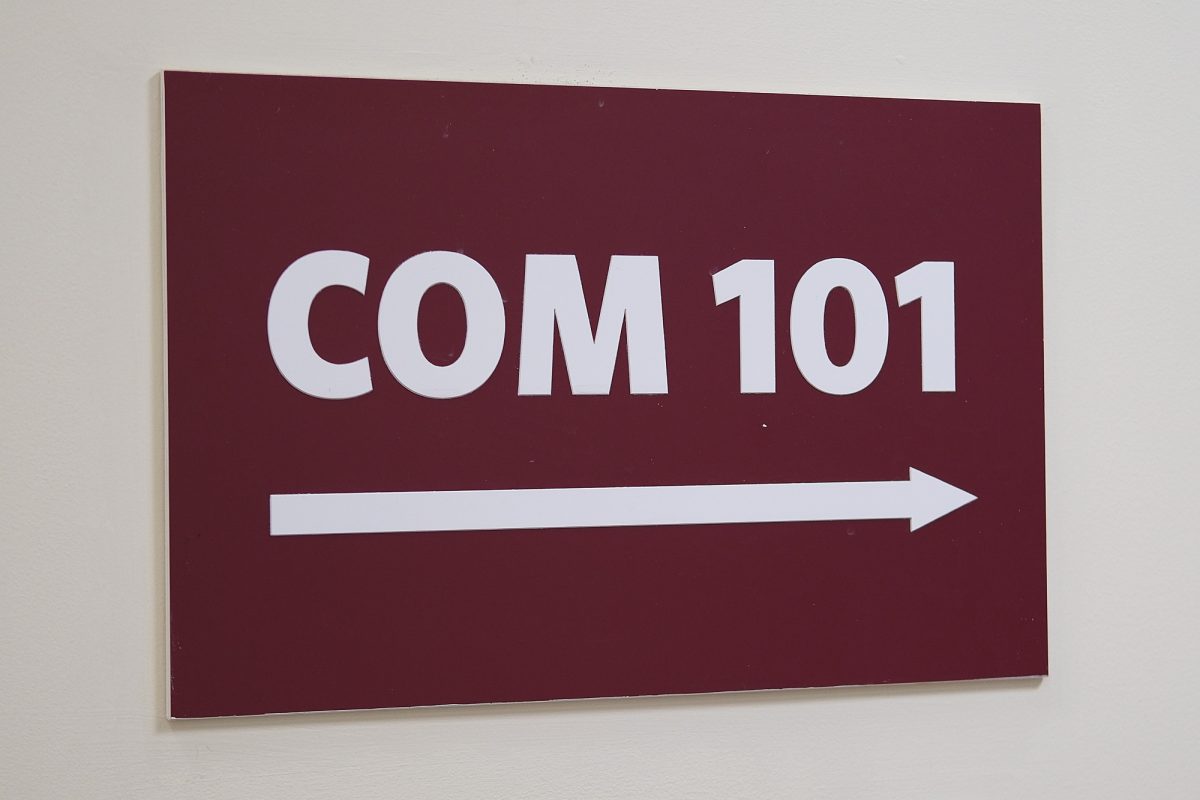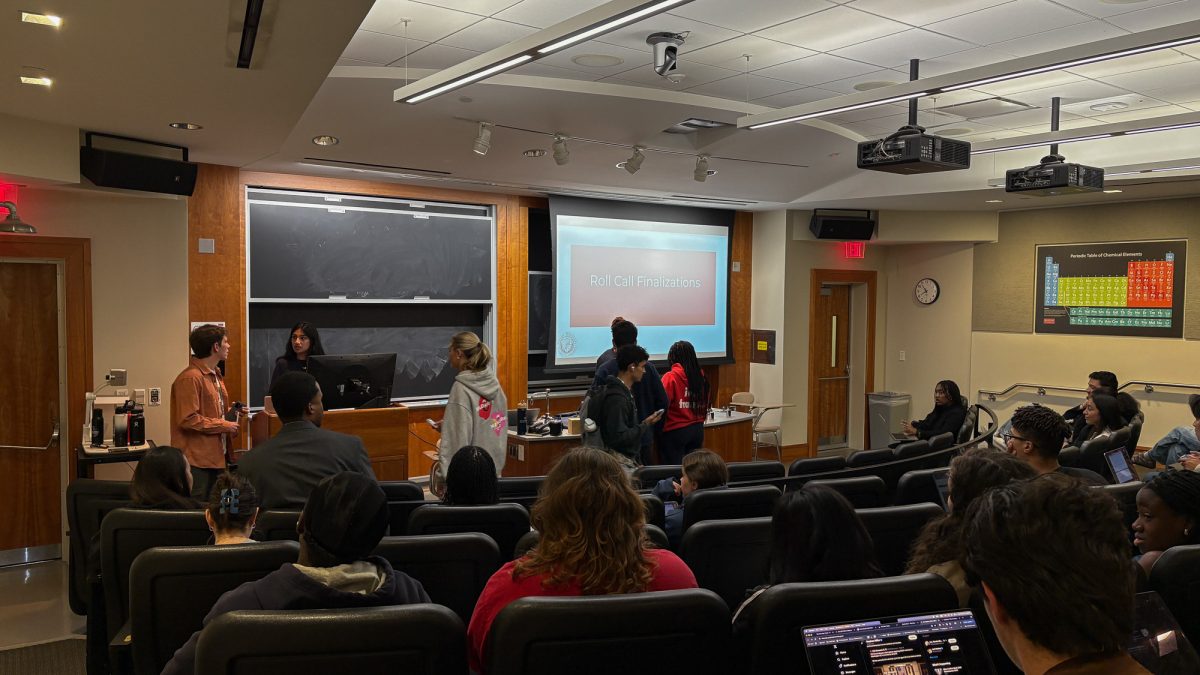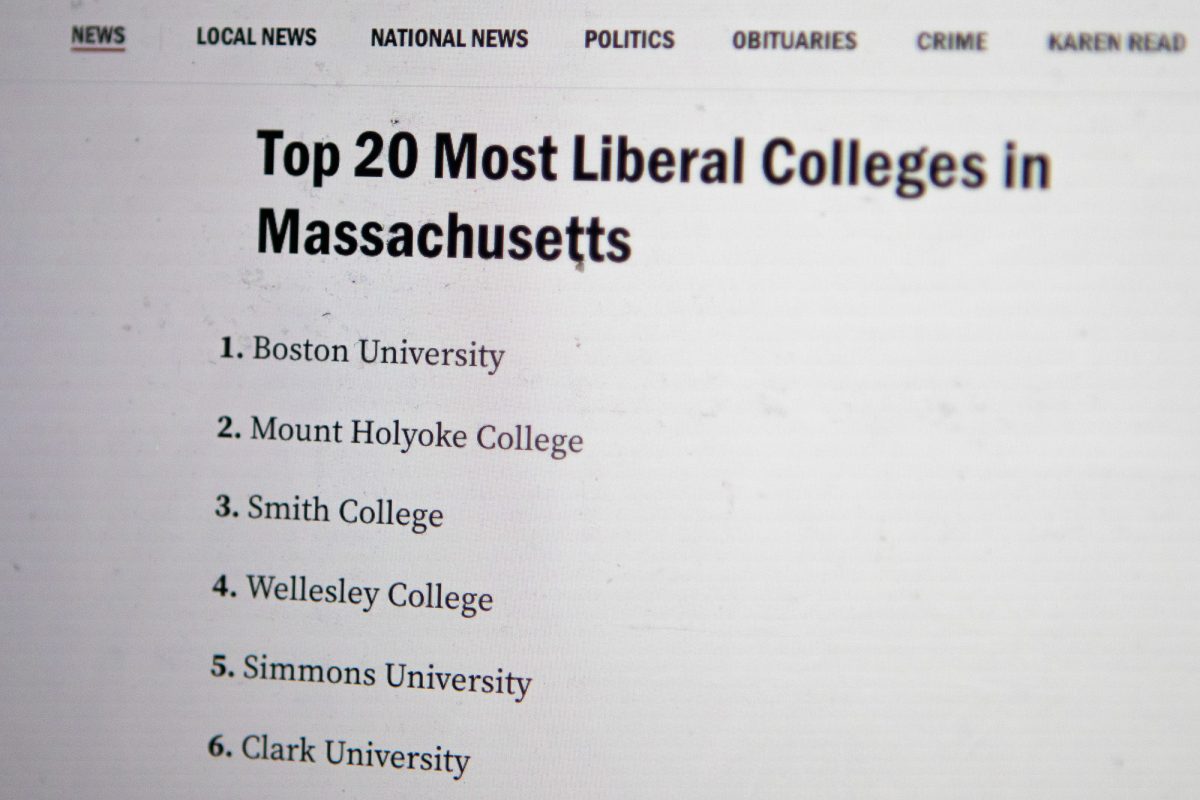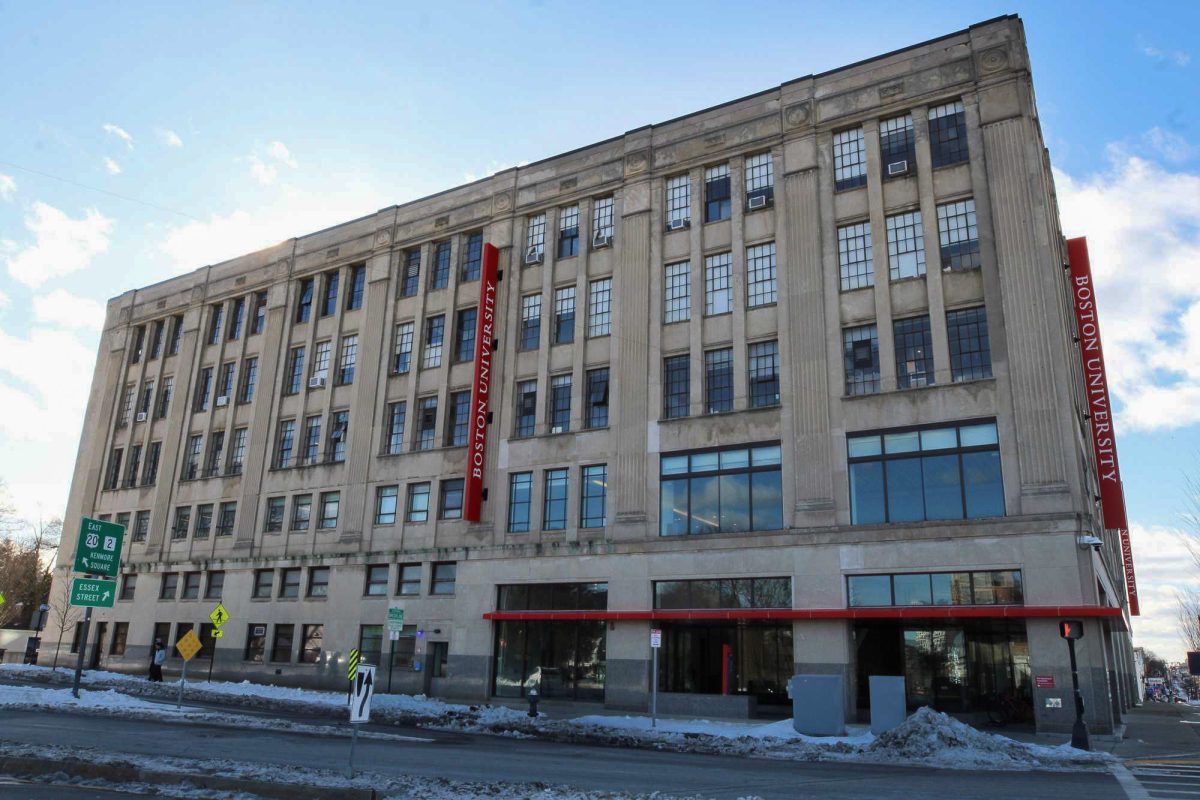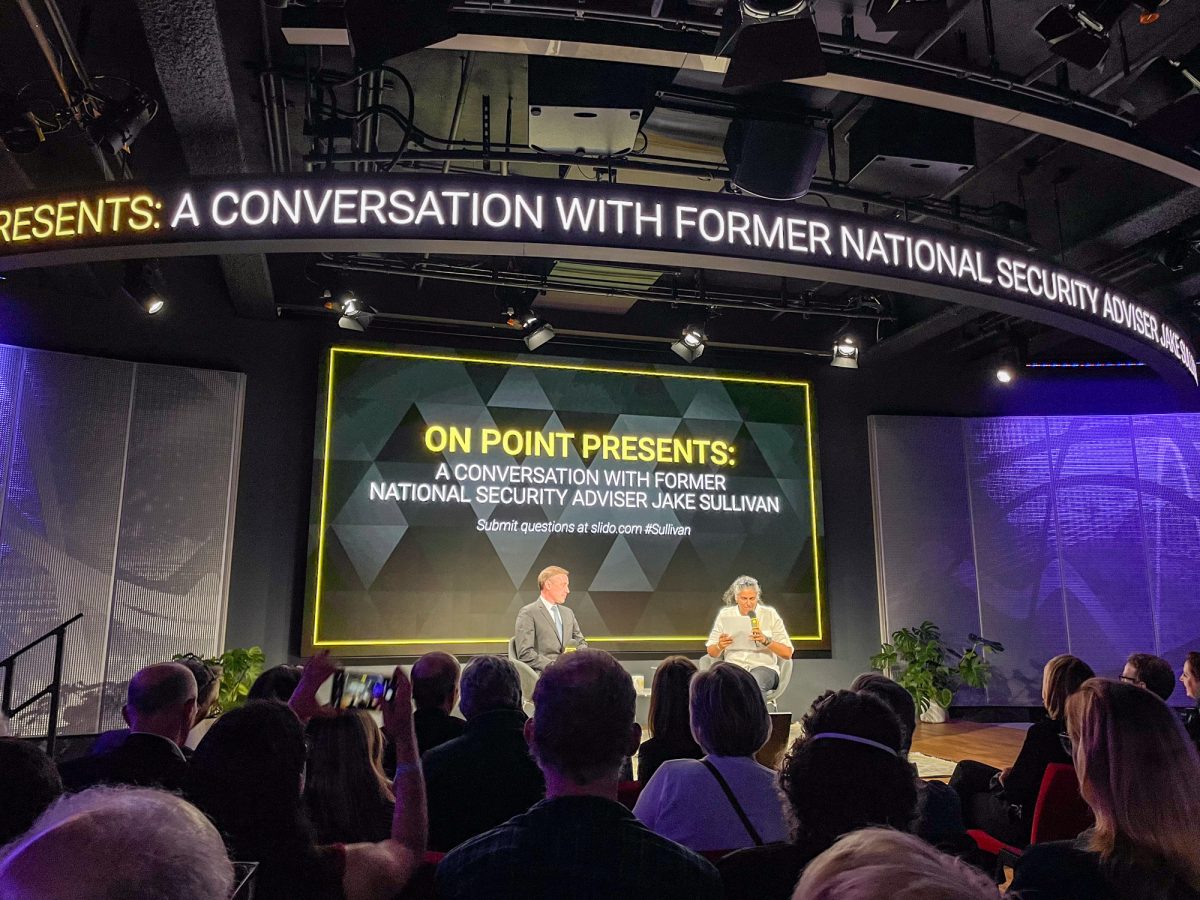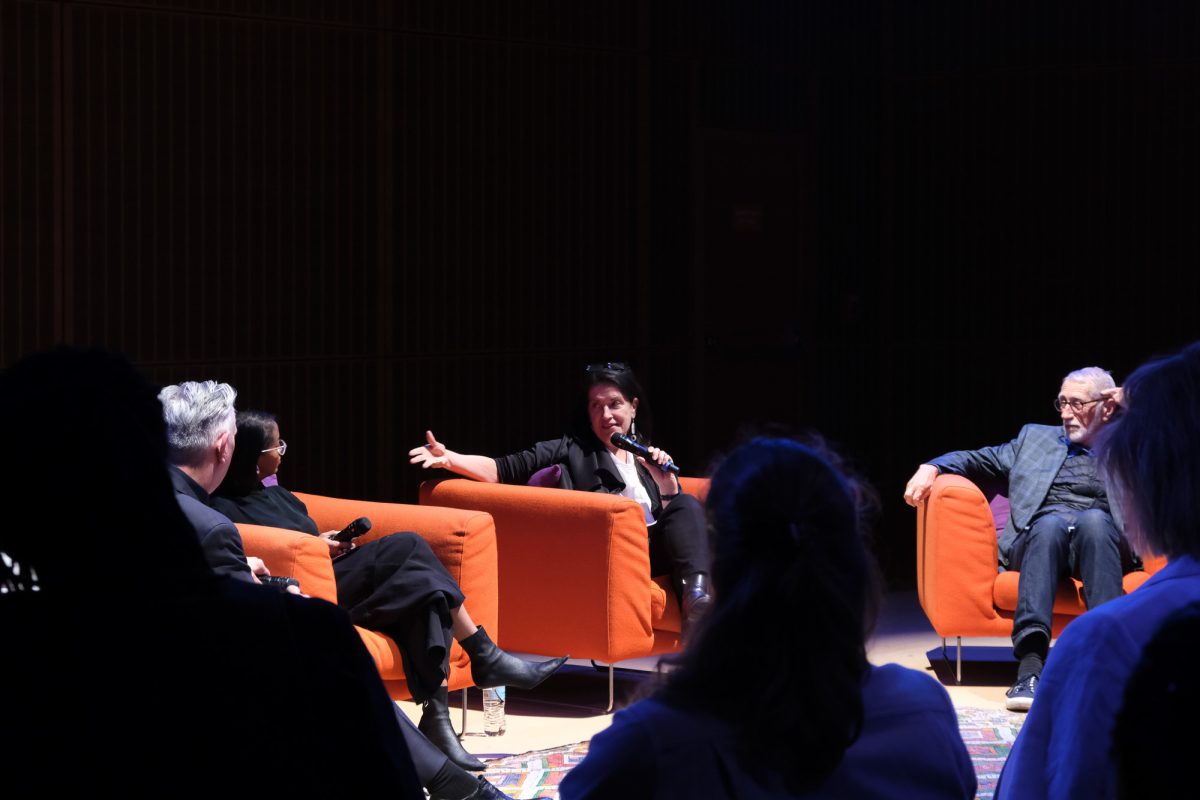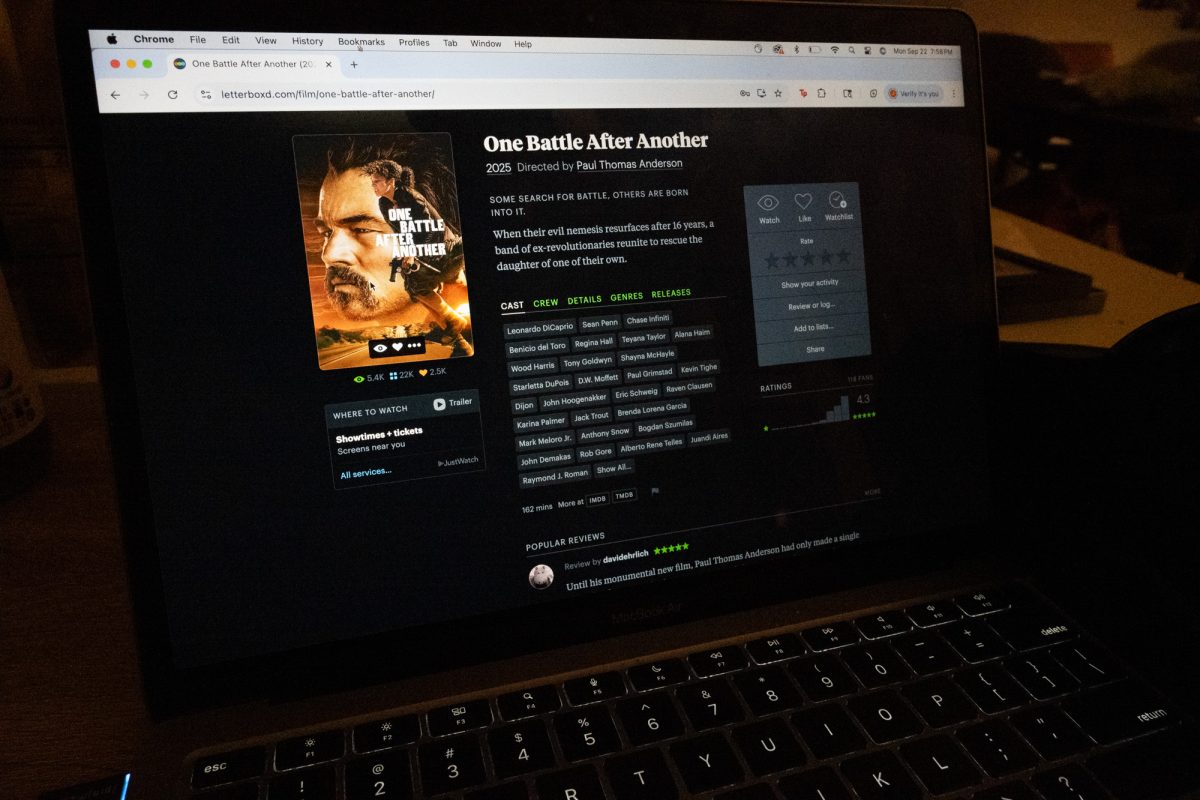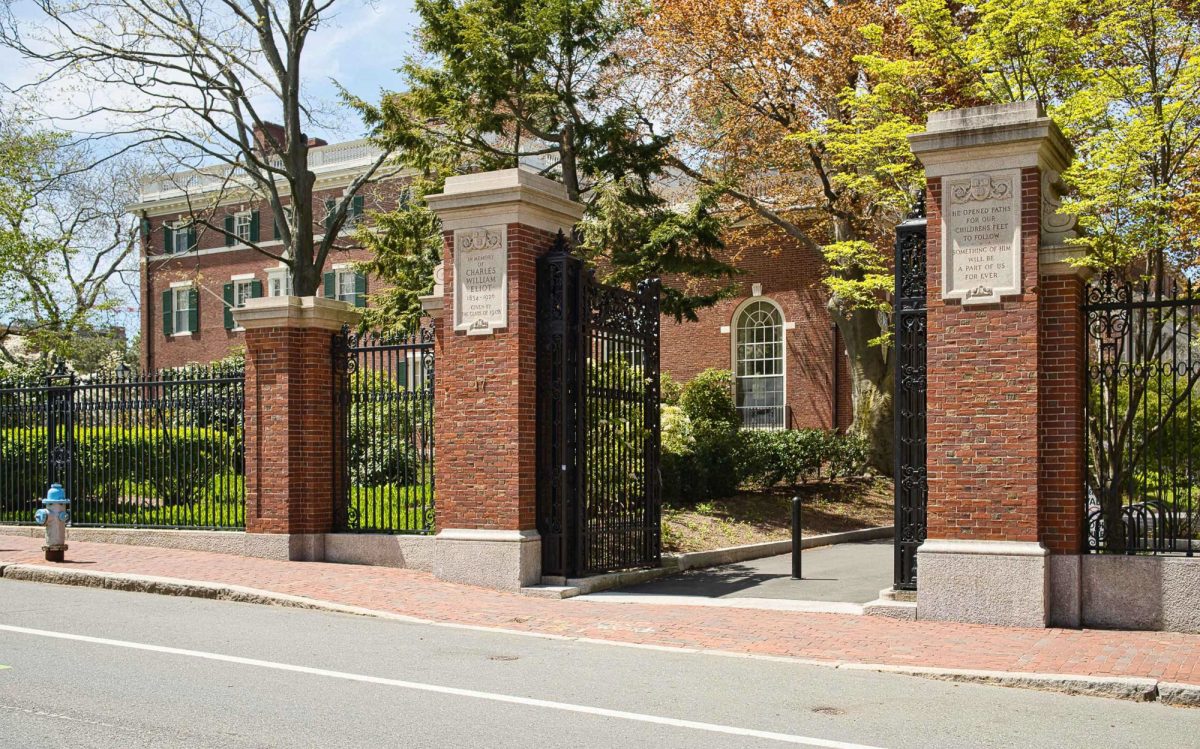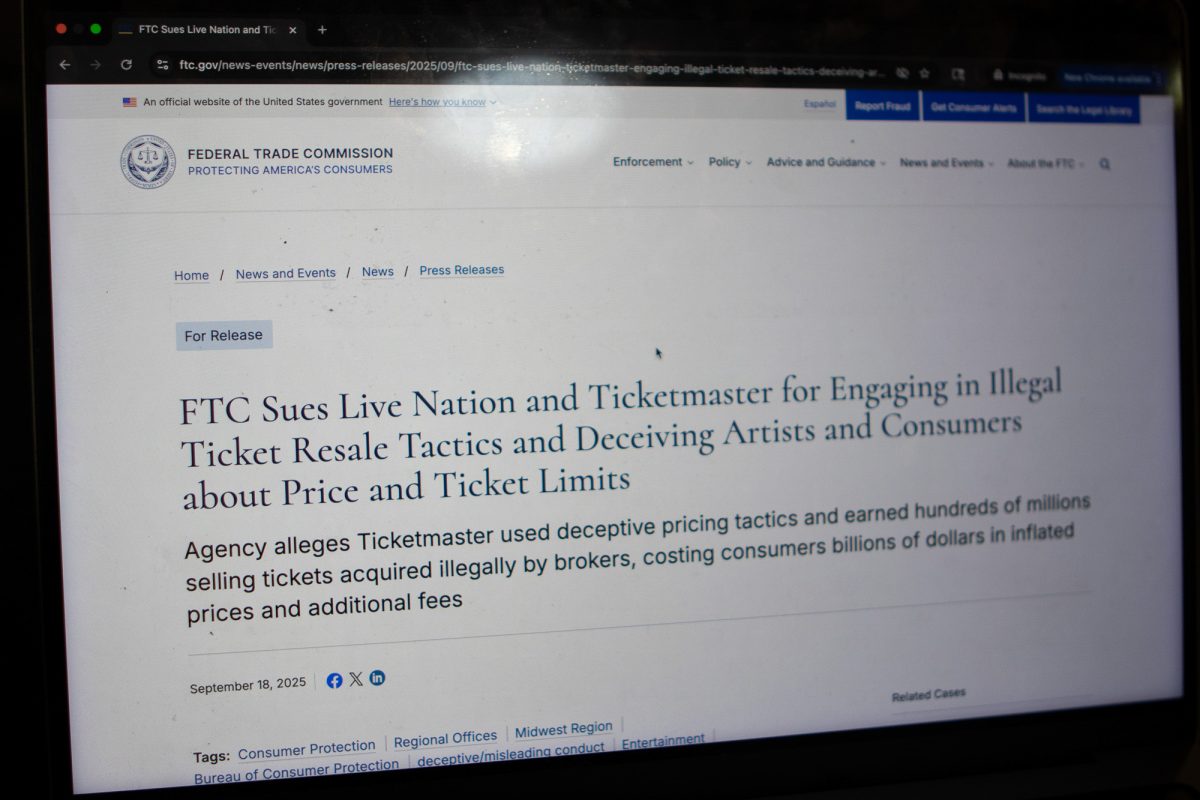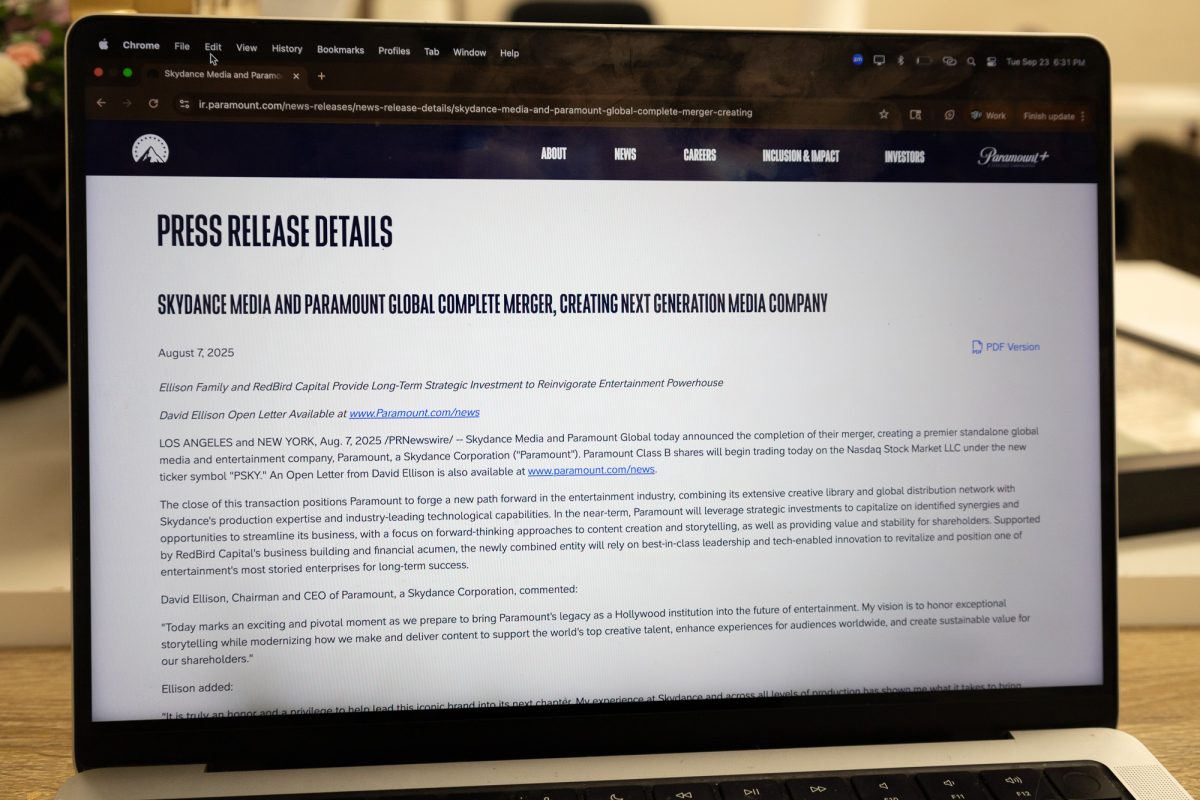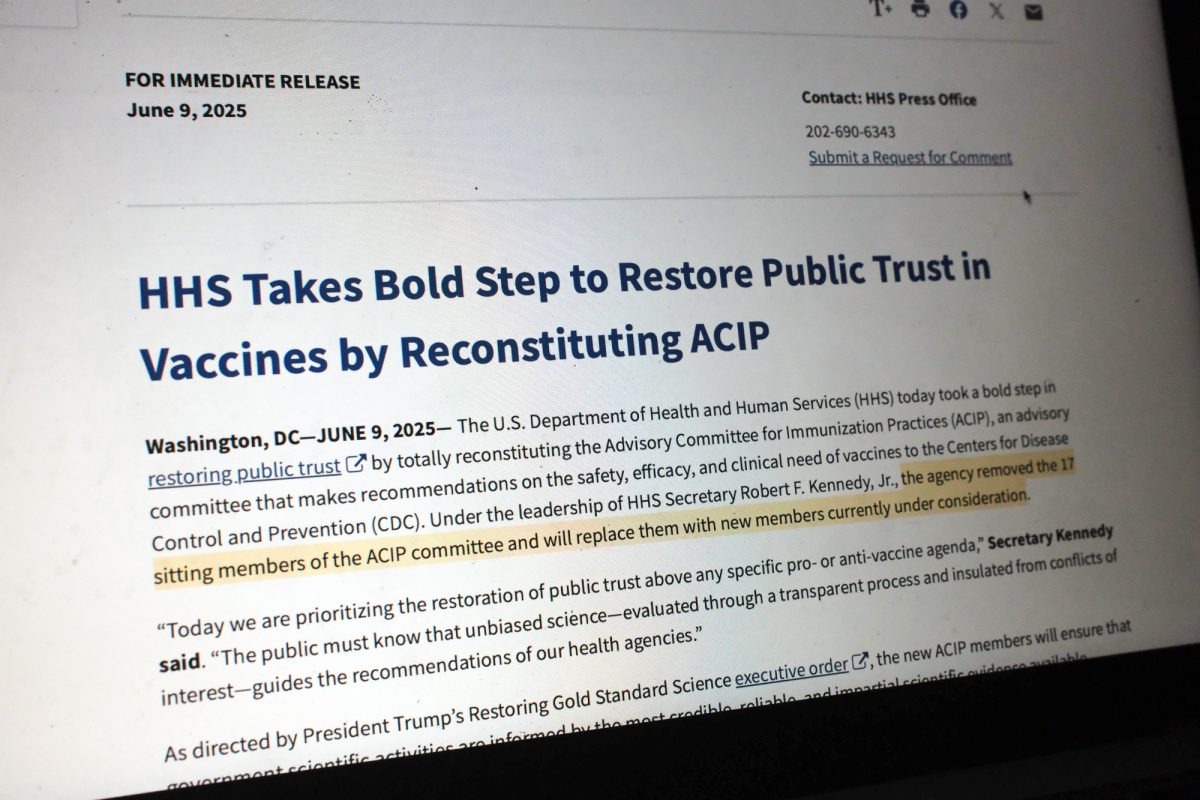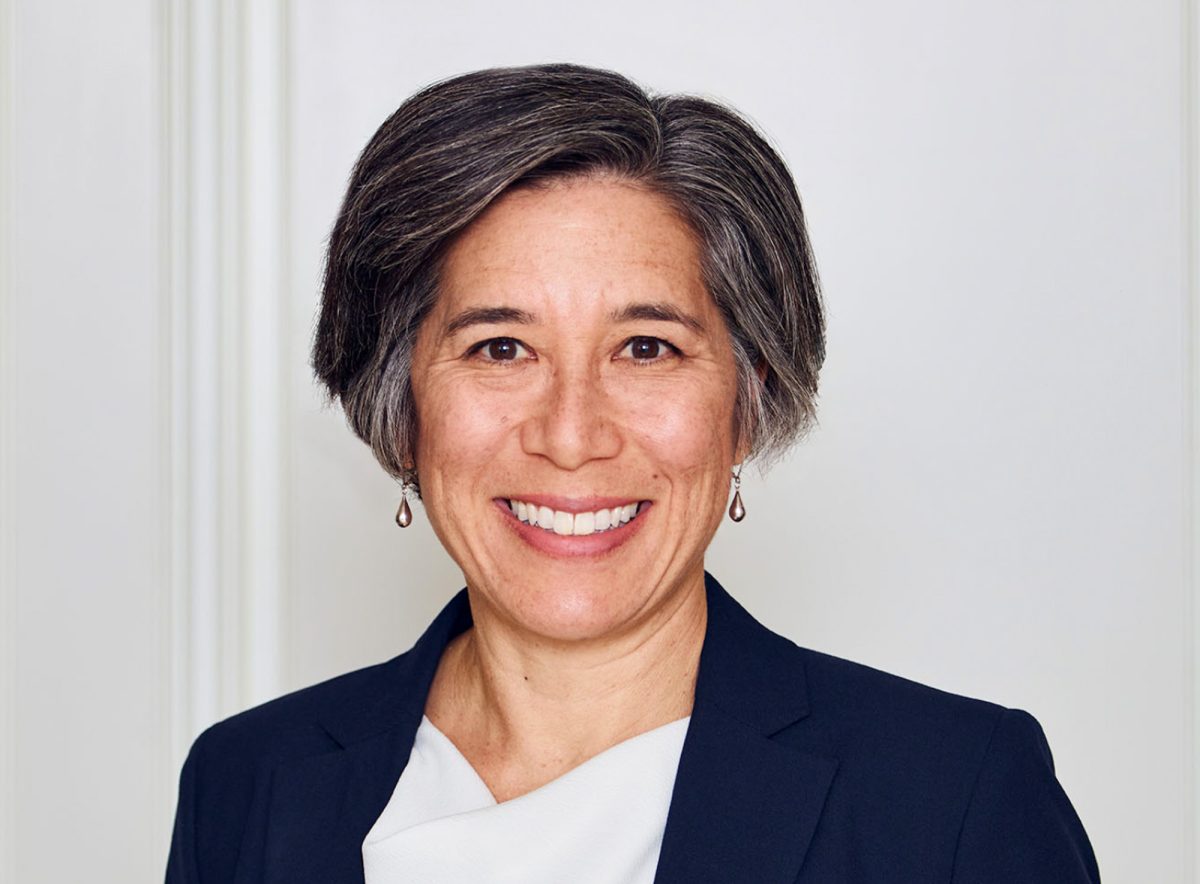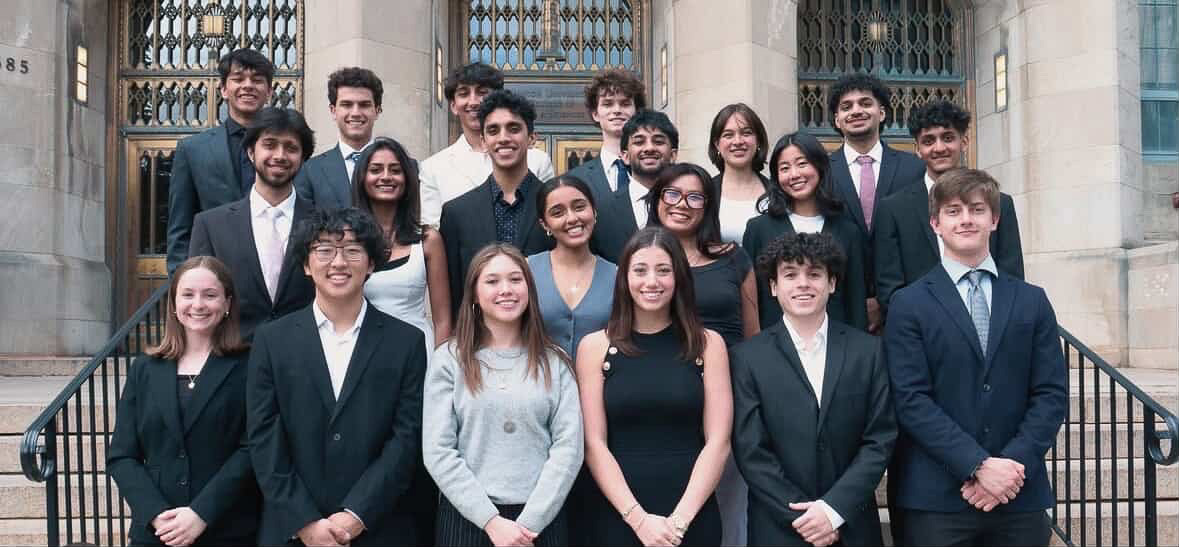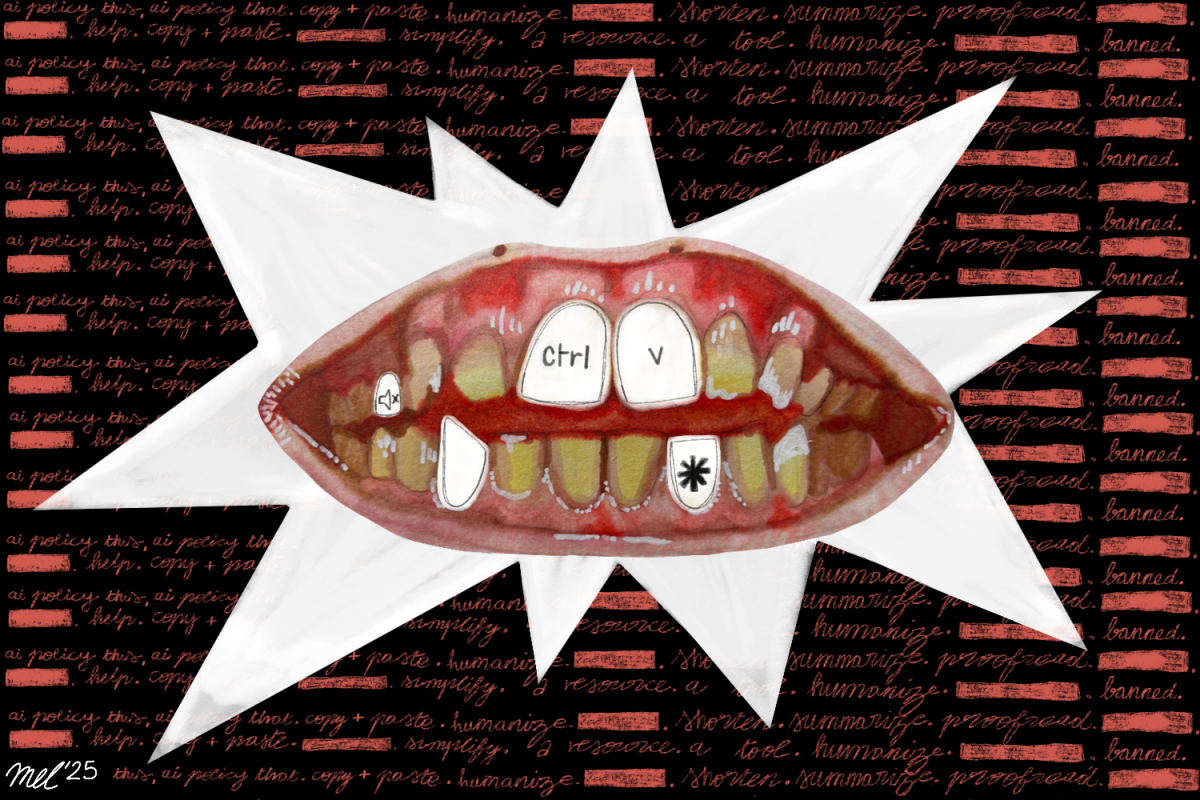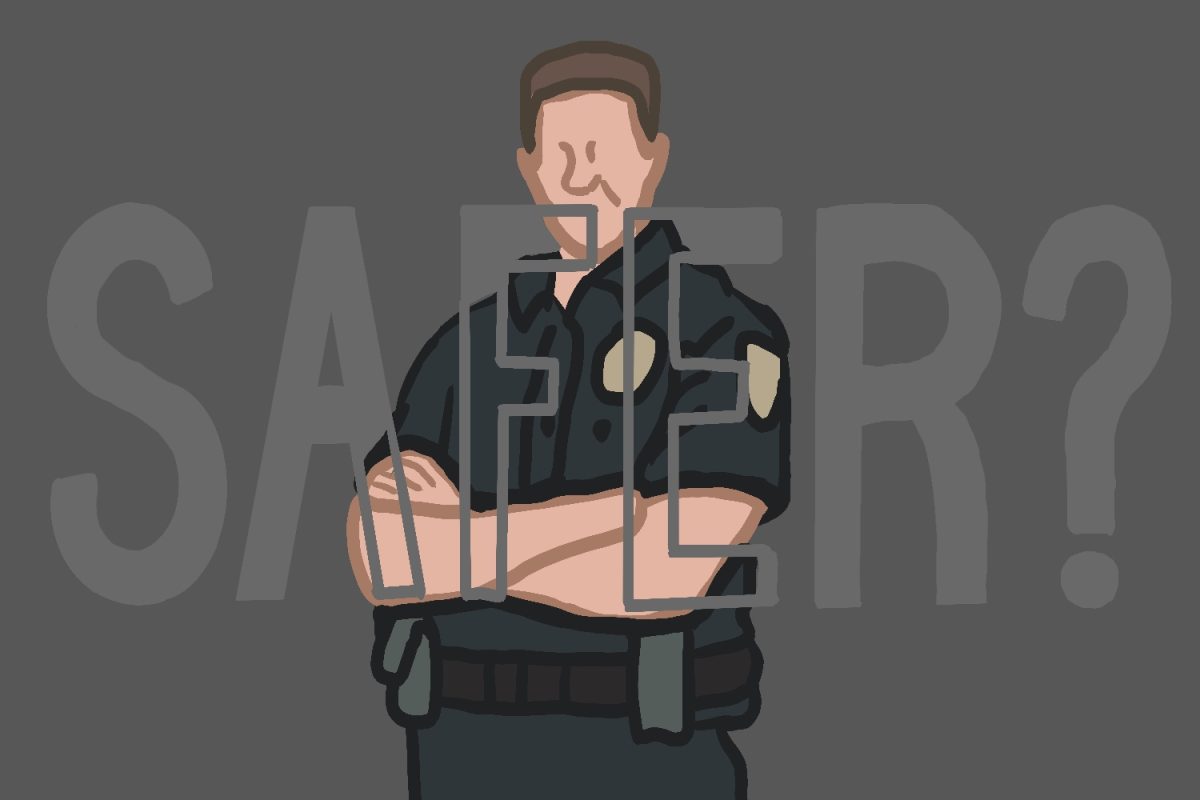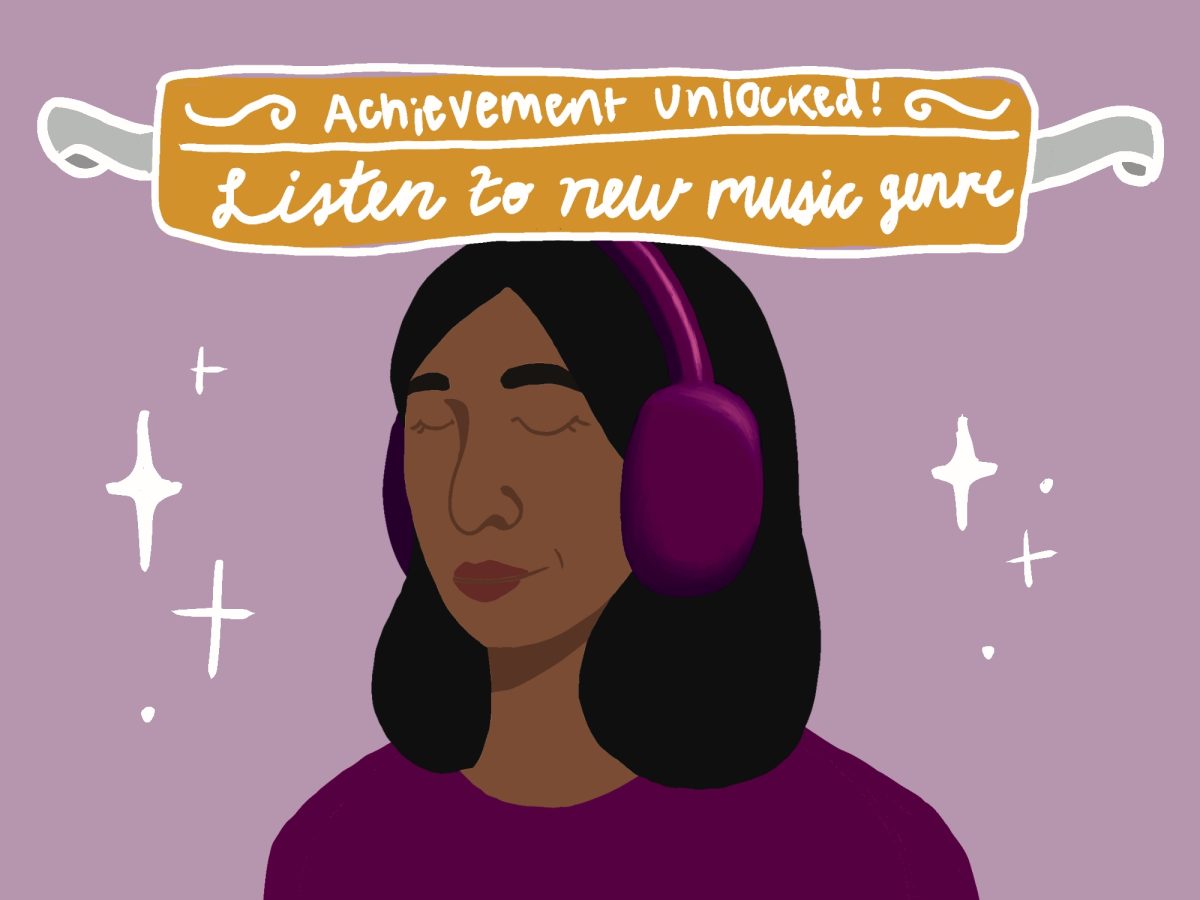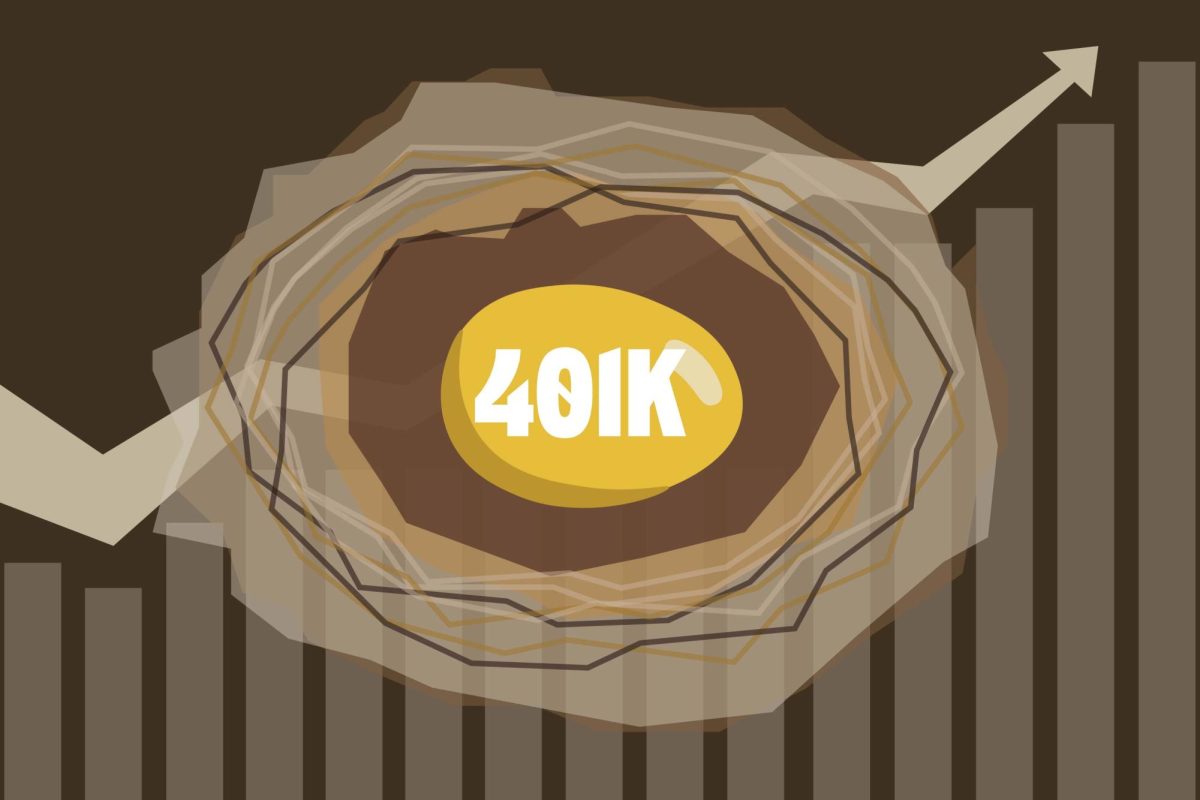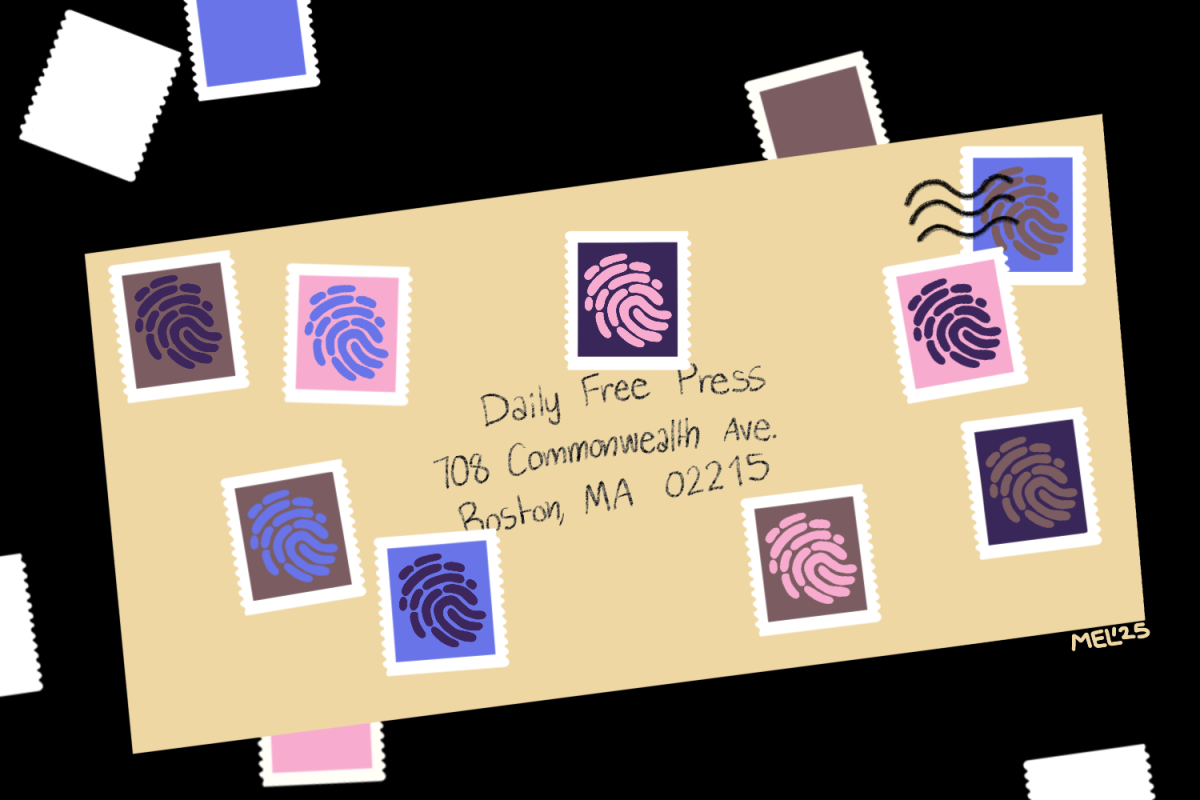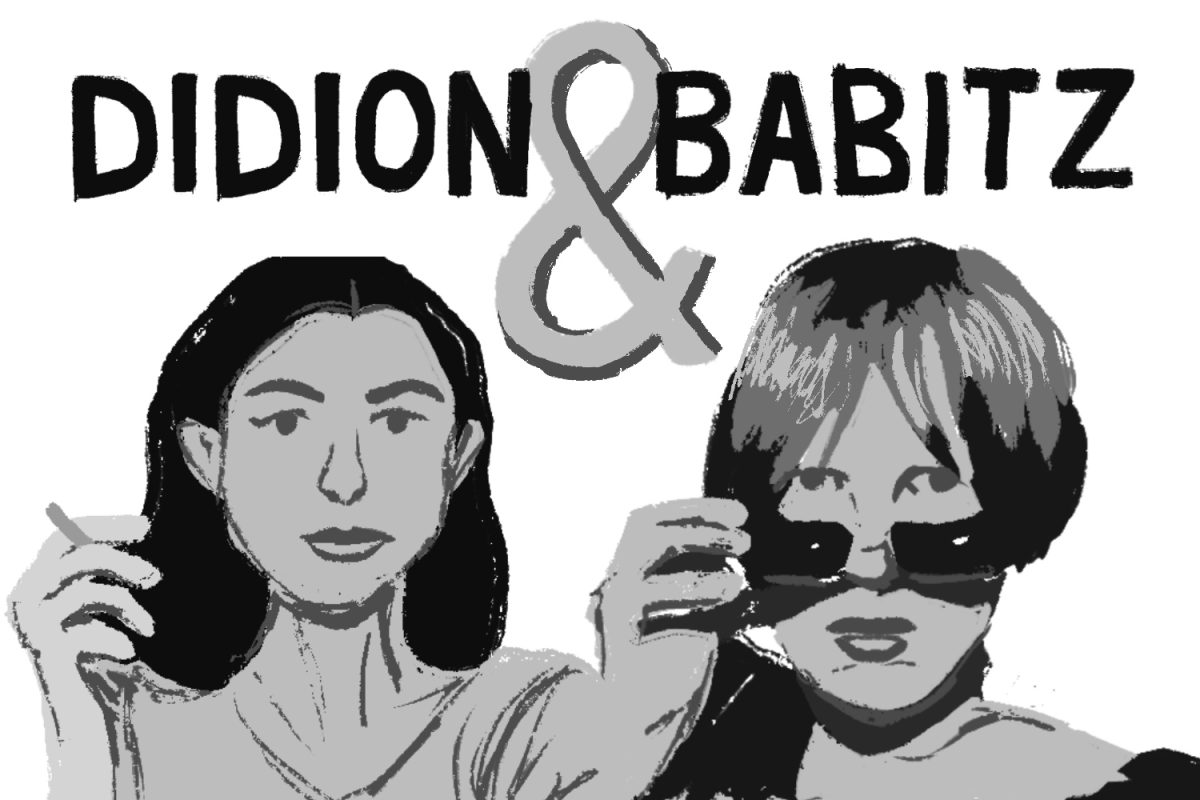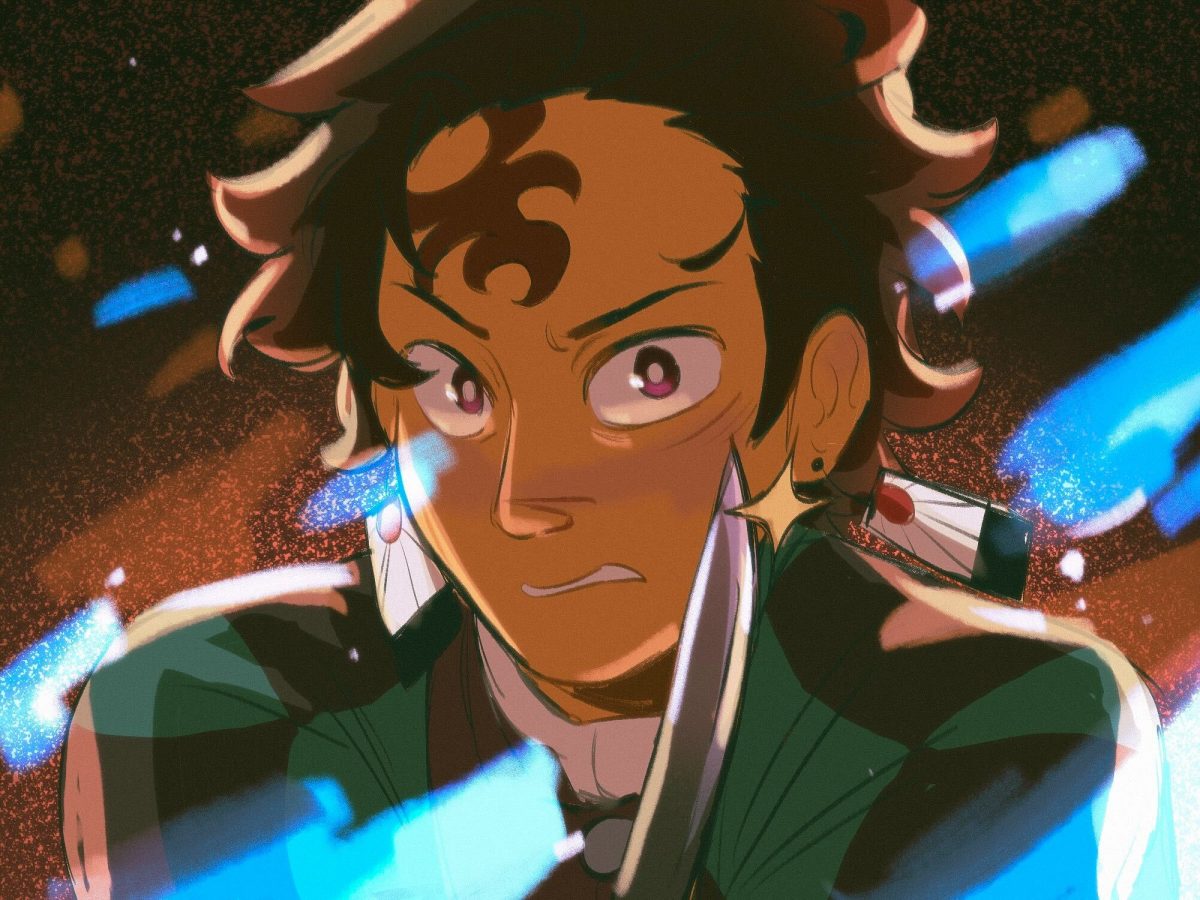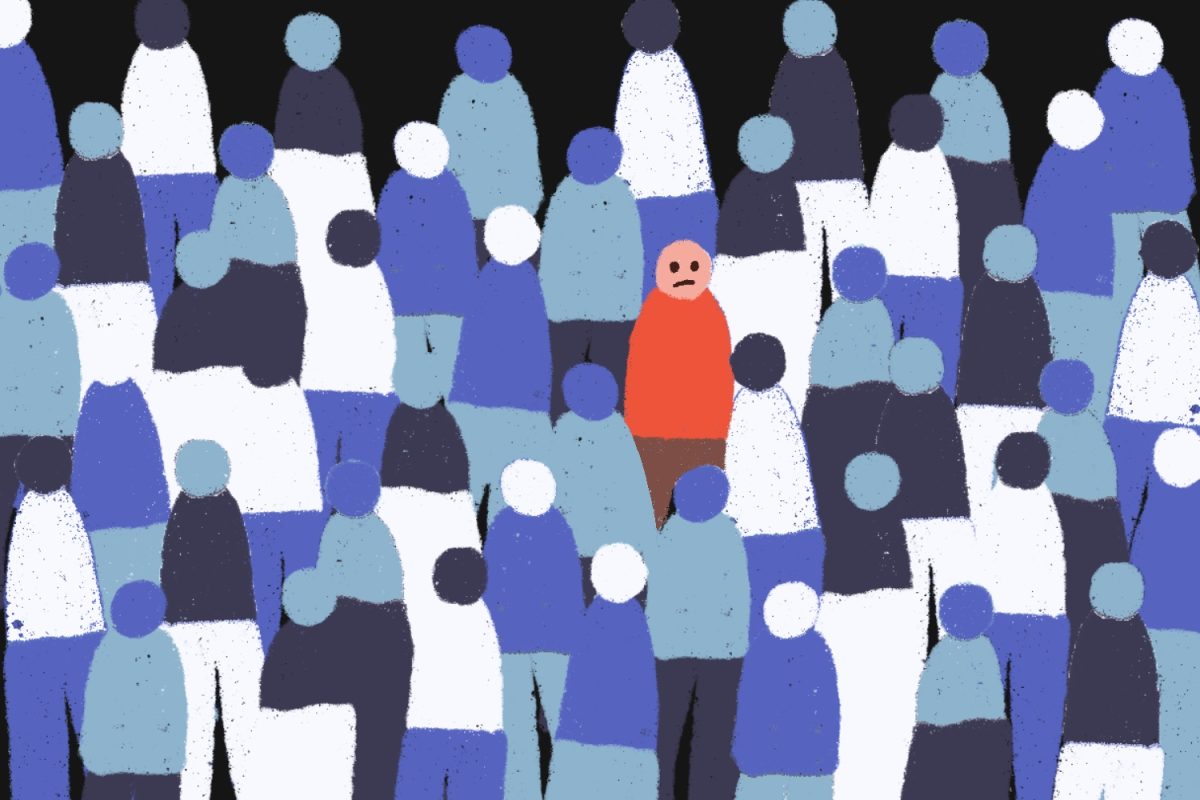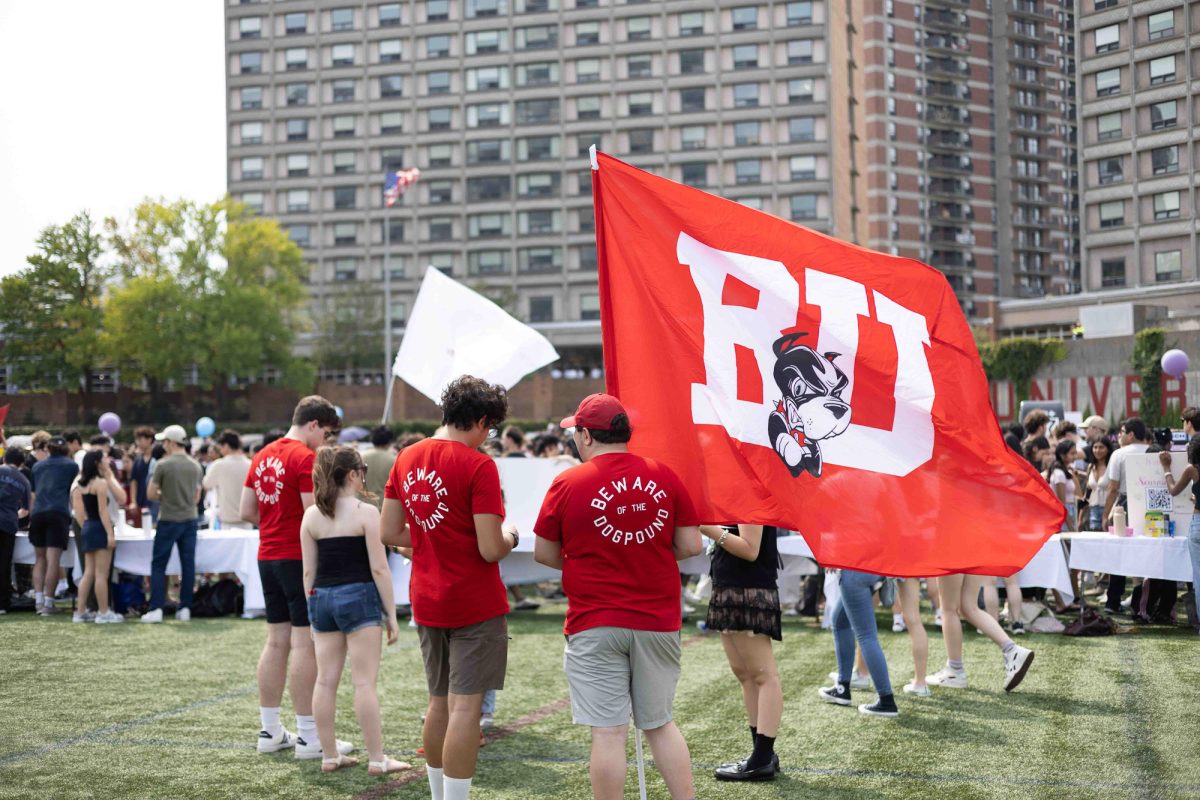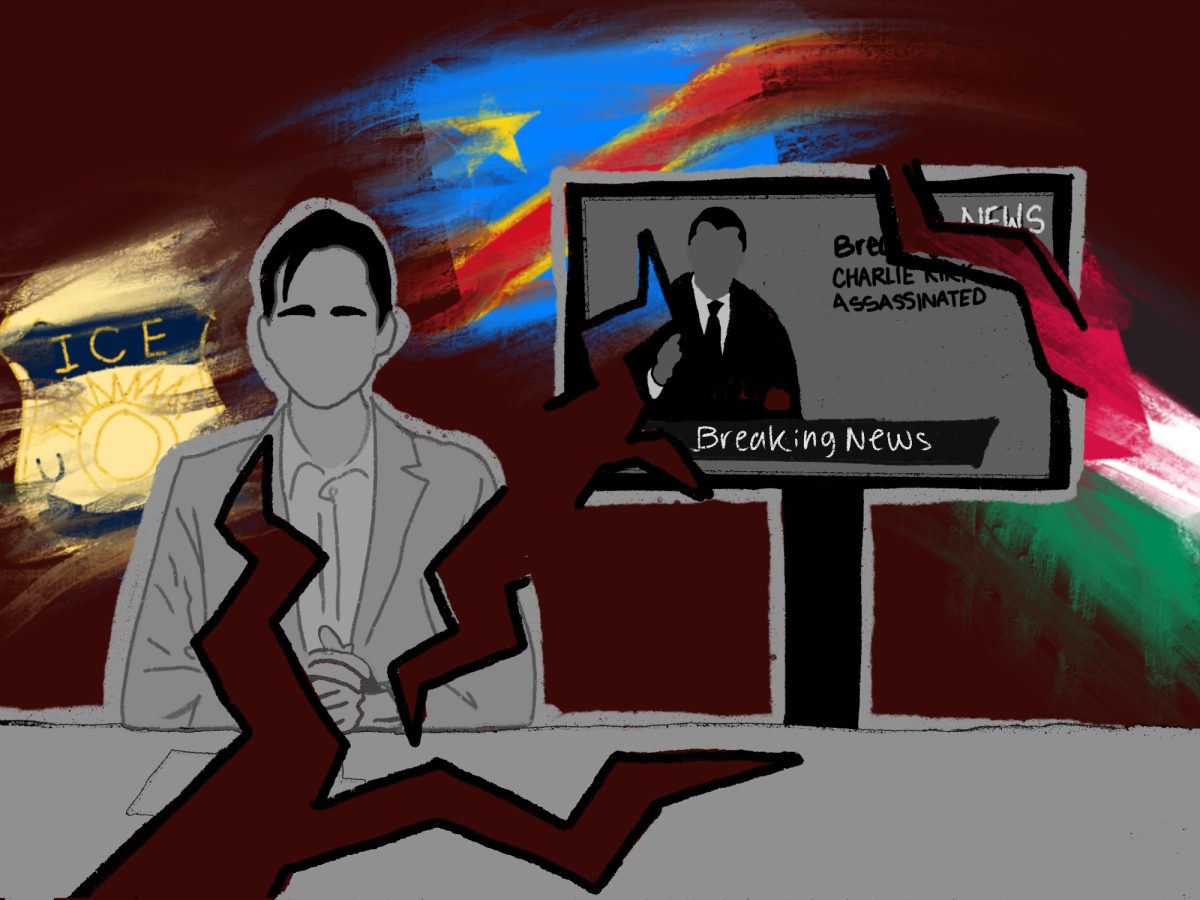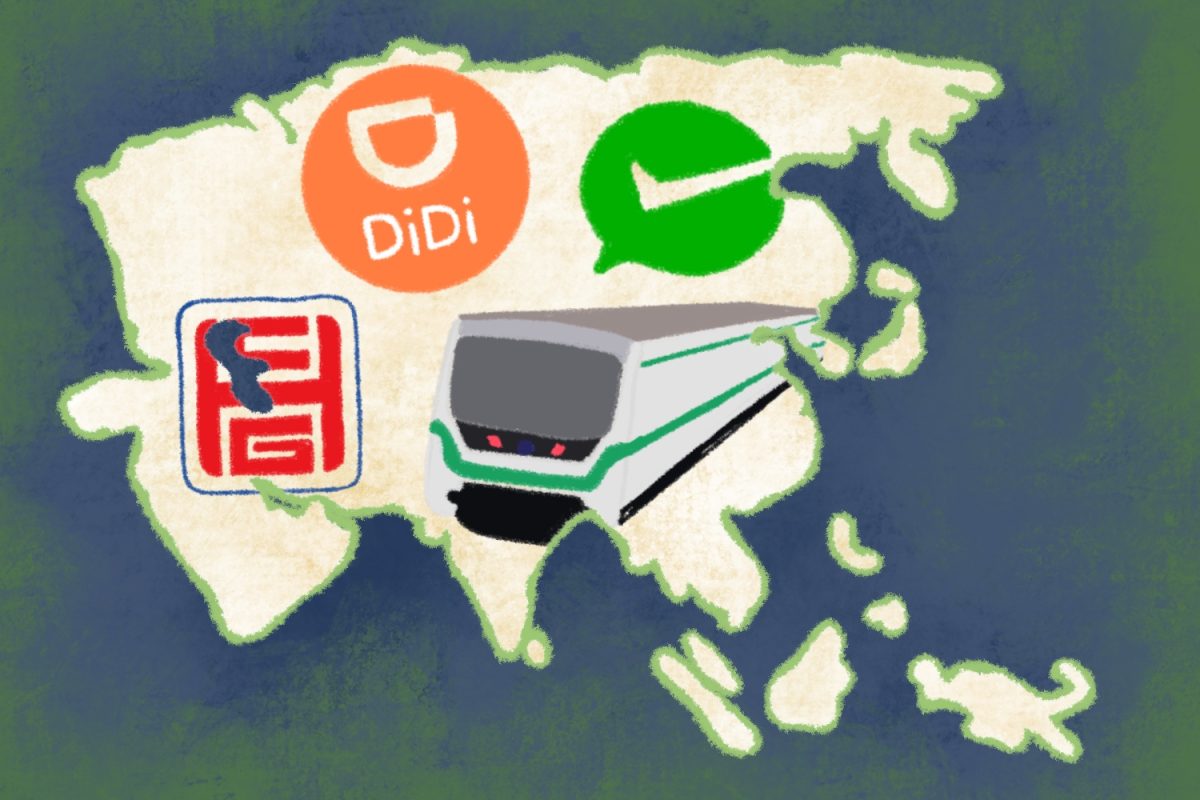We live in an age marked by unprecedented global communication. But while we in the United States have access to seemingly unlimited information, most people still live in places with pervasive censorship. There have been significant strides in press freedom over the past 30 years, but the past 10 have seen a sharp increase in worldwide censorship.
Measuring the levels of censorship in a particular country can be a daunting feat, but Freedom House is a U.S.-based group that devotes itself to doing just that. Freedom House uses a scoring system from 0 (no censorship) to 100 (most censorship) using indicators such as state influence over media, tough anti-slander laws, economic independence of media and threats or violence against journalists.
Censorship is becoming pervasive across the world, and it’s not just a party official in a dark, mysterious room that changes newspaper headlines. Censorship is changing as fast as technology — and in many places, it’s winning the race.
China has become synonymous with censorship. As media evolves, China’s censorship methods have moved into the digital age. The “Golden Shield Project” is the system of censoring and regulating information access in the country by filtering keywords and restricting access to non-approved websites. While the Chinese government exerts massive, systematic efforts to curb dissent, censorship in China is becoming a cooperative effort between the public and private sectors.
More than 100,000 people in China work both for the state and private contractors to monitor the Internet, according to the Council on Foreign Relations. Censorship has become a booming industry in the world’s most populous nation. Most Chinese media outlets hire government advisors to approve their coverage before it is released, so the need for government retaliation against criticism isn’t very great.
Some of the most dangerous places for journalists have notoriously weak governments. Mexico has become one of the “most dangerous places” for journalism due to threats against journalists by criminal groups, especially drug traffickers. Mexican news outlets have said that they avoid publishing content that could provoke violence or threats from organized crime. The National Human Rights Commission has recorded 88 killings of journalists in Mexico since 2000, along with countless other disappearances. The prevalence of threats in Mexico has created a taboo on covering topics like drug trafficking, human rights abuses carried out by criminal groups. The omission of coverage on criminal activity has allowed it continue without falling under proper public scrutiny, exacerbating the problem.
Countries with chronically weak governments like Mexico’s don’t have the capacity to defend press freedom. If a state isn’t strong enough to uphold the freedom of the press, it doesn’t matter what rights are guaranteed.
Fast access to information played a crucial role in the political revolutions of the Arab Spring since 2011. Protestors and rebels alike used access to online social media platforms and news outlets to organize. Access to online information was so beneficial that Egypt shut off the country’s Internet access temporarily in attempt to stop the demonstrations.
But in post-Arab Spring 2015, as only Syria’s civil war rages on, how much freedom of the press has endured? Not much, according to a report by the Federation of Arab Journalists. The environment for journalists has reportedly become more repressive in places like Egypt, Libya and Yemen than before popular uprisings. After the power of information flow was witnessed during the Arab Spring, regimes, religious institutions and non-state groups are rushing to consolidate control of the media. According to the 2015 report, “political and press freedom were restricted compared to the previous era, especially the two years preceding the Arab Spring,” The Middle East, with the exceptions of Israel and Tunisia, has experienced a drastic loss of press freedom in the last four years.
The reduction in freedom of the press over the last 10 years has occurred against a chaotic backdrop. While the end of the Cold War marked an initial drop in censorship as states became free from the Iron Curtain, growing political violence since then has put the press in jeopardy. Authoritarian regimes and violent non-state actors can both hold their guns to the press. The press freedom advocacy group Reporters Without Borders noted this year that, “Beset by wars, the growing threat from non-state operatives, violence during demonstrations and the economic crisis, media freedom is in retreat on all five continents.”
There are more than 7 billion people in the world, and only 14 percent of them live with a “fully free” press. As our world becomes more interconnected via economic, linguistic, cultural and political ties, our access to information shapes how we see each other. As the word’s nations become interdependent, it’s critically important that we have a clear, full picture of each other. How we see each other will shape our world.

